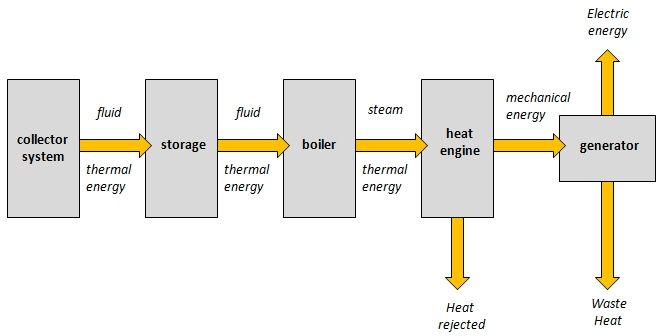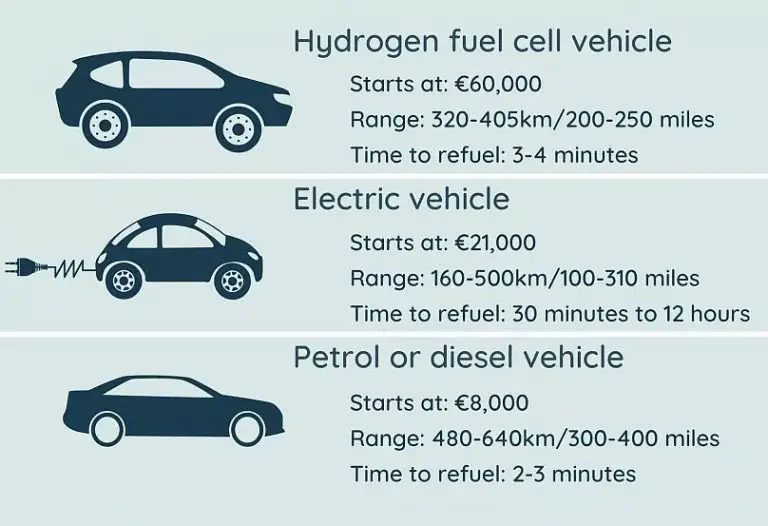What Makes A Heat?
A heat is a preliminary round of competition used to qualify participants for the next stage of an event. Heats enable a large field of competitors to be whittled down through head-to-head matchups to determine the top contenders who will advance to the final rounds.
The purpose of heats is to eliminate the majority of participants so the finals are not overcrowded. They allow organizers to test competitors under pressure and sort out the best from the rest. Heats also add to the excitement and drama, as underdogs can rise to the occasion while favorites can unexpectedly falter. Ultimately, heats ensure that the eventual winner and medalists have proved themselves against stiff competition.
Qualifying Rounds
Qualifying rounds are held before the main tournament bracket begins. The purpose of these rounds is to determine which athletes will advance to compete in the tournament. Qualifying usually involves individual athletes or teams competing to attain a certain score or rank within a specified time period.
For example, in swimming competitions there are preliminary heats where swimmers race against the clock to post qualifying times for the next round. The swimmers with the fastest times advance. In other sports like track and field, athletes compete in preliminary events and must meet certain performance standards to move forward. The athletes who jump the farthest or run the fastest within the qualifying window earn a spot in the main event.
The number of qualifying spots depends on the size and format of the overall competition. Larger tournaments will have more open slots to fill. Qualifying rounds effectively weed out the weaker competitors and showcase the top tier of talent. They build excitement for the main event by highlighting the best athletes who will battle head-to-head for the championship.
Seedings Give Structure and Order
Seedings play a critical role in heats by ranking competitors based on ability, experience, past results, and other factors. The seeding process places the top competitors in different parts of the bracket so they don’t face each other early on. Higher seeds typically get easier matches in the beginning rounds.
Determining accurate seedings requires extensive research into competitors’ backgrounds. Contest organizers analyze competition histories, rankings, statistics, and more. While no exact formula exists, consistent metrics apply. The goal is seeding competitors accurately to their skill levels.

Seeding the most elite athletes appropriately ensures they advance far into the competition. It prevents early matchups between top contenders, saving those clashes for when the stakes are highest. While upsets always remain possible, proper seeding lends predictability and excitement throughout the heat.
Bracketing
The bracket is the structure that dictates match-ups in a heat. Competitors are arranged in a tournament-style bracket, with each competitor assigned a position within the bracket. The bracket functions like an elimination tournament, with each round narrowing the field until a winner emerges.
In the early rounds, competitors are matched up according to their seeding, or ranking coming into the heat. The top seeds face the bottom seeds, the second seeds face the second-to-last seeds, and so on. This allows highly ranked competitors to advance further while lower seeds are eliminated earlier.
As the heat progresses into later rounds, the bracket narrows and matches competitors who have advanced. The winner of one matchup will face the winner of another matchup, with this pattern continuing until the final round determines the overall winner.
Brackets are designed to keep favorites apart in early rounds while building towards exciting late matchups between top competitors. The predetermined bracket matchups lend structure and drama to the competition.
Scoring
Surf contests are scored by a panel of judges who rate each wave on a scale of 1 to 10, with 10 being the best possible score. Judges score each ride based on degree of difficulty, innovative and progressive maneuvers, combinations and variations, speed, power and flow. The criteria focus on the surfer’s performance rather than the wave itself.
Each surfer’s top two scoring waves are combined for their total heat score. In some contests, only their single best wave score counts. At the end of a heat, the surfer with the highest total score wins and advances to the next round. Sometimes multiple surfers advance out of a single heat. Ties are broken based on each surfer’s top scoring wave. If still tied, priority rules and interference penalties may determine the winner.
Scores help distinguish top performers and allow close matchups to be judged fairly. The scoring system rewards surfers who execute difficult maneuvers on the best waves with commitment, power and style. Strategically maximizing scoring potential is key to winning heats and advancing through multiple competitive rounds at the highest levels.
Head-to-Head Matchups
One of the most exciting parts of a heat is getting to see talented surfers go head-to-head against each other. During early rounds, matchups are determined by seedings and the bracket. But as surfers advance, you often get to see epic matchups between big names in the surfing world.
These head-to-head matchups create intense rivalries and storylines. There can be interesting dynamics between surfers, especially if they have faced off before. Some surfers really bring out the best in each other and put on an incredible show when they compete. Others may have tensions that add drama to their matchup.
Seeing how surfers match up is also very strategic. Their different surfing styles, wave choices, and competitive strengths and weaknesses come into play. Competitors will study footage of their opponent and try to come up with ways to outperform them.
Head-to-head matchups often produce some of the most talked about and memorable heats of an event. With surfing, the competition is very visible and you can clearly see the athletes going trick for trick, wave for wave. This adds to the excitement when rivals are battling for supremacy in the ocean.
Upsets
One of the most exciting aspects of tournament-style competitions like heats is the possibility of upsets. An upset occurs when an underdog competitor beats the odds and defeats a favored opponent. In surfing heats, lesser-known surfers can sometimes ride waves with higher scores than more famous surfers expected to win.
Seeing underdogs triumph ignites the inspiring narrative that anyone has a chance to win if they try their hardest. Upsets demonstrate that reputations and high seeds don’t guarantee victory. This brings an entertaining unpredictability to heats, since favorites can never coast to easy wins.
Fans love rooting for underdogs, and upsets create legendary moments that get remembered for years. A single standout ride from an underdog can take down a legendary surfer and shake up the entire competition. Upsets add drama and keep heats exciting right up until the final scores.
Intensity and Excitement
The buildup and intensity of competitive heats makes them incredibly exciting events for spectators. As athletes reach the final rounds, the stakes get higher and higher, with everything on the line during those head-to-head matchups. The anticipation reaches a fever pitch just before the start, and the action is fast, furious, and full of dramatic moments. Crowds go wild watching competitors push themselves to the limit. Seeing who comes out on top after all that intense competition is a thrill for everyone. The excitement stays with you long after the event is over.
Conclusion
In conclusion, heats are an integral part of many sports and competitions. They provide a structure for preliminary matchups, seeding stronger contenders, and building excitement through head-to-head contests. Key elements of a heat include qualifying rounds to identify top competitors, seeding and bracketing to match opponents, a scoring system to determine winners, and the intensity created by direct competition between athletes or teams. Upsets and unexpected outcomes are part of the thrill. Overall, heats help make a competition more engaging for spectators and satisfying for participants. Though heats end with a single champion, the real reward is the excitement of hard-fought preliminary matchups.
Further Reading
For more information about the history, strategy, and excitement of heats in surfing competitions, check out the following resources:
How Heats Work in Surfing Competition – The World Surf League explains qualifying rounds, seeding, priority rules, interference penalties, and more for their championship tour events.
The Anatomy of the Surfing Heat – SurferToday dives into timing, priority, tactics, judging criteria, and how to win heats at various competitive levels.
Heat Strategy Tips from the Pros – Top professional surfers describe their techniques and mindset when competing in major events.
Winning Strategy: Preparing for Surfing Competition – Book by surfer Joel Parkinson covering mental and physical preparation to win heats.
Best Heats in Surfing History – YouTube compilation of some of the most intense and exciting heats at major surf events over the years.






